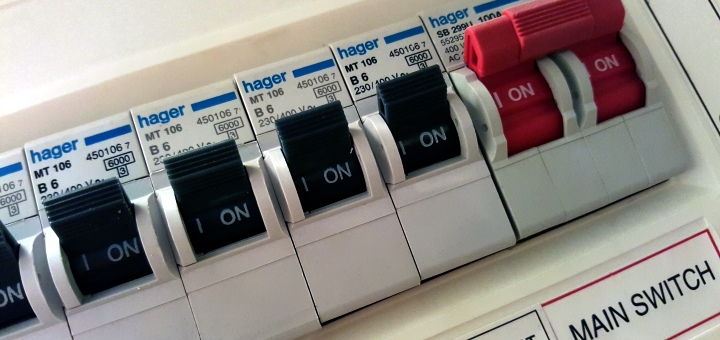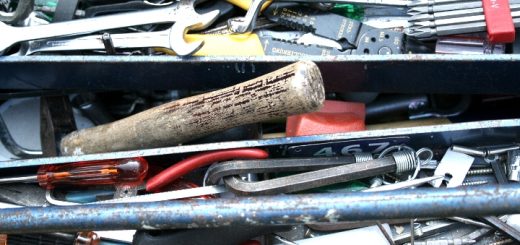Four DIY tips that could save your life

From minor sprains and cuts through to serious injury and even death, without sufficient care DIY can be a dangerous business. Fortunately there are a number of steps you can take to minimise the risk of an accident, while still allowing successful completion of everything from wiring a plug to constructing a conservatory.
Read on to discover four simple DIY tips which can significantly enhance your safety and the safety of those around you.
Know where to switch it off!
From the water main to the power supply, it’s imperative to know where the shut-off mechanisms for various utilities are located and how to activate them. You’d be amazed by the number of householders who couldn’t tell you how to turn off their water, or where the mains switch can be found.
DIYers in particular need to be aware of the procedure for shutting off power or water, in order to be able to work safely and undertake damage limitation should a leak or electrical fault develop.
Read the instructions
Manufacturers put instructions on their products for a reason! Even if you’ve used a similar product in the past, changing materials, new legislation or fresh research may mean that a replacement item is significantly different to its predecessor. Reading product instructions assists in safe usage and helps to increase the chances of successful results.
Use eye protection, gloves and a dust mask
Most DIY ventures involve splinters, dust, toxic substances or a combination of the three. Research shows that prolonged exposure to these things can have serious health consequences. Why risk it? Suitable protective equipment and clothing is inexpensive and easy to use, so wear it when you work.
Know your limits
There are certain projects, notably those involving electricity and gas, which should only be undertaken by a qualified tradesperson. Similarly, ambitious structural work is best completed by an experienced builder. As Red Adair said, “If you think it’s expensive to hire a professional, wait until you hire an amateur!” Even competent DIY enthusiasts need to know when professional input is the wisest course of action to avoid the risk of costly remedial works or avoidable accidents.
Taking sensible safety precautions during DIY activity doesn’t mean dogged adherence to the diktat of “‘elf and safety”; instead, it involves adopting a responsible approach to projects which results in safer working practices and frequently delivers a more successful outcome.










1 Response
[…] we’re writing about keeping dust and splinters at bay or replacing the glass in old windows, one of the mantras we keep using here at the Property & […]